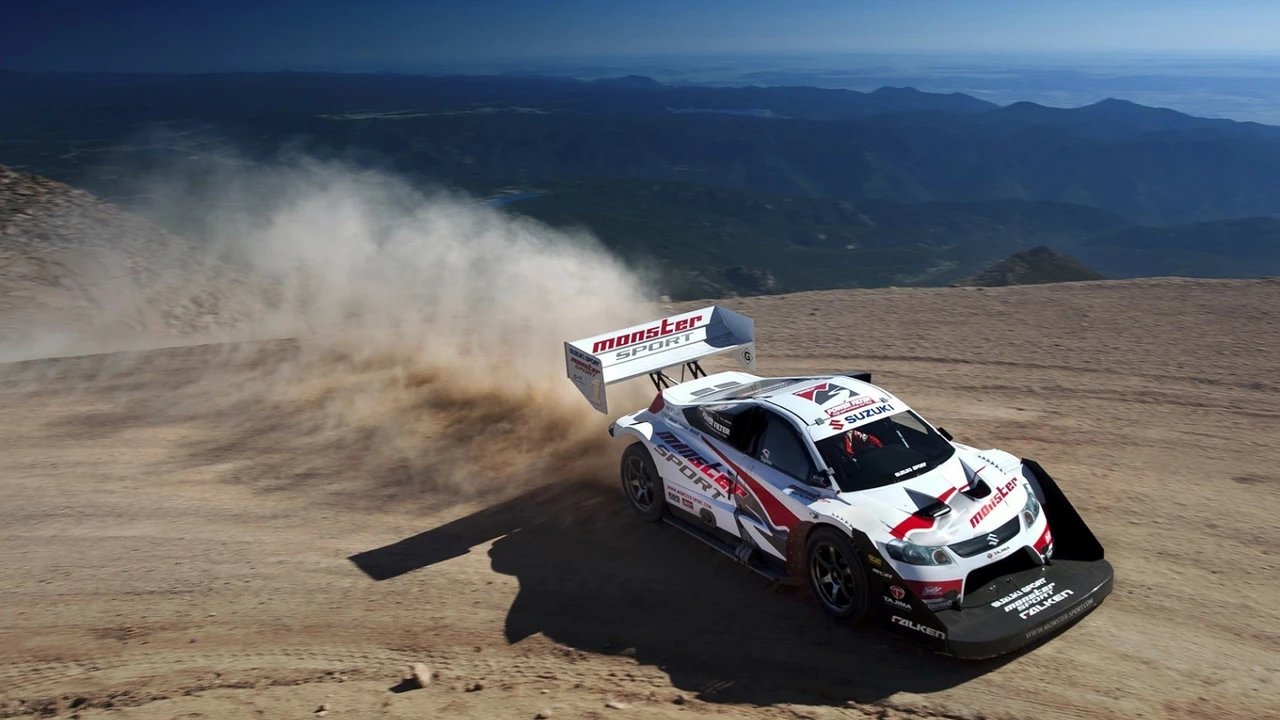Rally Racing: What It Is and Why It Thrills Fans
If you’ve ever watched a car fly over gravel, splash through mud, and hug tight mountain bends, you’ve seen rally racing in action. Unlike circuit racing, rally takes place on real roads, forests, and deserts. Drivers race against the clock, not directly against each other, and the road conditions change every second. That unpredictability is what makes rally so addictive for fans and drivers alike.
Each rally event is split into short sections called stages. A stage can be a few kilometres long or stretch to 30‑plus kilometres. Drivers start a stage at a set interval, usually 30 seconds to a minute apart, so they never see each other on the same stretch. Their time for each stage is recorded, and the fastest total time across all stages wins.
How Rally Cars Are Set Up
Rally cars look tougher than your average sports car. They have roll cages, reinforced suspension, and special tires that can handle snow, mud, or tarmac. Teams tune the car for the specific surface they’ll face that day – a muddy stage needs a softer sidewall tire, while a dry gravel stage needs a harder compound. The driver works hand‑in‑hand with a co‑driver, also called a navigator. The co‑driver reads “pace notes,” a set of shorthand directions that tell the driver what’s coming up: a tight left, a jump, a dip, a hairpin. Those notes are the secret sauce that lets drivers push the limits safely.
Because the route is never a perfect oval, drivers need intense physical fitness and laser‑sharp focus. They sit in a cramped seat, feel the car’s vibrations, and must react to every bump in real time. That’s why many fans argue that rally drivers are true athletes – they train for endurance, strength, and mental stamina just like any other sportsperson.
Top Rally Events and Drivers to Watch
The World Rally Championship (WRC) is the premier series, featuring iconic events like the Monte Carlo Rally, Rally Sweden, and Rally Mexico. Each event has its own flavor – Monte Carlo mixes icy roads with dry tarmac, while Rally Sweden is a pure snow playground.
Legendary drivers such as Sébastien Loeb and Sébastien Ogier have dominated the WRC, each racking up multiple titles. New faces like Kalle Rovanperä are shaking things up with aggressive driving and a fearless attitude. If you’re looking for a local taste of rally, national championships in the UK, USA, and Australia often hold weekend rallies that are open to amateurs and fans.
Beyond the WRC, there’s the Dakar Rally, a marathon‑style race across deserts that tests navigation skills as much as speed. The event draws drivers from motorsport, motorcycling, and even trucking, all fighting for survival over thousands of kilometres.
Whether you’re new to rally or a seasoned fan, the best way to get into it is to watch a stage live or stream it online. Pay attention to the co‑driver’s notes, the car’s handling on different surfaces, and the way teams adjust the car between stages. Those details turn a fast car into a story you can follow from start to finish.
Rally racing isn’t just about speed; it’s about embracing the unknown, trusting your teammate, and mastering a machine on wild terrain. That mix of danger, skill, and pure adrenaline is why rally stays one of the most exciting branches of motorsport.
Sports & Recreation

How dangerous is rally racing?
Rally racing is indeed an exhilarating sport, but it's also fraught with risk. The unpredictable nature of the terrain and high speeds can lead to serious, sometimes fatal, accidents. Participants are not only exposed to physical injuries but also mental stress. The danger level is heightened by weather conditions and the state of the rally cars. Despite rigorous safety measures, it's clear that rally racing is a high-risk sport that requires absolute skill and caution.